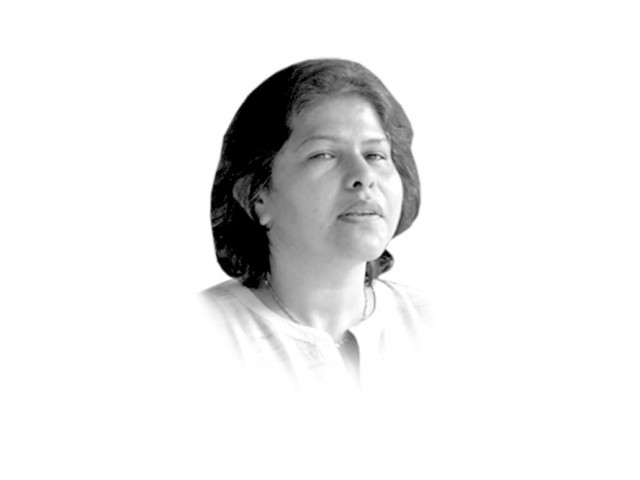Talking Burma
The issue right now is what option will Rangoon consider in engaging with the Rohingya population.

Although the Burmese state recognised Islam and Christianity as two religious cultures existing in the country, the nature of the state and society began to change due to communist influence and militarisation of the state after 1958. This is also the time when in 1961, Buddhism was declared the state religion, followed in 1962 by the establishment of the socialist party as the single party in the country. Clearly, the military-controlled state wanted greater unification, an idea that was constantly challenged by the presence of minority groups and assertiveness of the Rohingyas, who wanted to create a separate state with Muslim Rohingyas from what is now Bangladesh. Consequently, Rohingyas were persecuted by the military. In January 1950, about 30,000 refugees fled from Burma to the then East Pakistan. Rangoon has mostly viewed these people as outsiders. The 1953 population census report declared 45 per cent of the Rohingya population Pakistani in origin. Their links with the Bangladeshi Muslims allows them greater flexibility of moving between the two territories, but which also means greater suspicion by the state. In 1978, an agreement was signed between Dhaka and Rangoon, according to which, any Rohingya who could produce any documentary evidence of being Burmese could return. However, this did not solve the problem or stop the state-sponsored massacre in 1991.
The problem is not likely to be resolved due to the political influence of the Buddhist Monks. Even Aung San Suu Kyi is not likely to flag the minority issue due to her concern for losing support of the Monks, who were the largest force to stand up against the military. The Rohingya separatist tendencies make the Monks insecure about sovereignty of the Buddhist state. Things did not become easy when in 1978, the Palestinian militant leader Abdullah Azzam, who later became a member of al Qaeda, declared Burma one of the countries to be liberated from foreign rule.
However, it is also a fact that Muslim militant groups have not really had a huge influence on the Rohingya Muslims in Burma, which is primarily due to the fact that no other Muslim country, including next-door Bangladesh would intervene, and also because the majority belong to the Sufi school of thought. There is no real evidence that the majority of the Rohingyas are inclined towards external forces or violence despite pouring in of Saudi money and intellectual investment by groups such as the Harkatul Ansar, the Harkatul Mujahideen and the Harkatul Jihadul Islami, who have developed links with minor militant groups in Burma and are even trying to link up Burmese groups with others in Assam. Perhaps, this is one of the reasons that the Jamatud Dawa in Pakistan has started highlighting conditions of Muslims in both Myanmar and Assam on social media. The South Asian militant cadres also find Myanmar exciting because of the investments made in developing human resources. Reportedly, 350,000 Rohingyas were trained in the past couple of decades in madrassas in Pakistan and Afghanistan.
The issue right now is what option will Rangoon consider in engaging with this population. Treating it through the lens of international terrorism is a dangerous possibility. The Burmese authorities seem to be tempted by this option considering the fact that they are trying to adopt the US as a new patron and the war against terror could attract resources. Although Myanmar has been a target of terrorism, it has mainly been carried out by Buddhist groups rather than by Muslims. This issue is like many other problems in the larger South Asian region where states have gone astray with a singular national vision in a multi-polar environment.
Published in The Express Tribune, July 31st, 2012.


















COMMENTS
Comments are moderated and generally will be posted if they are on-topic and not abusive.
For more information, please see our Comments FAQ